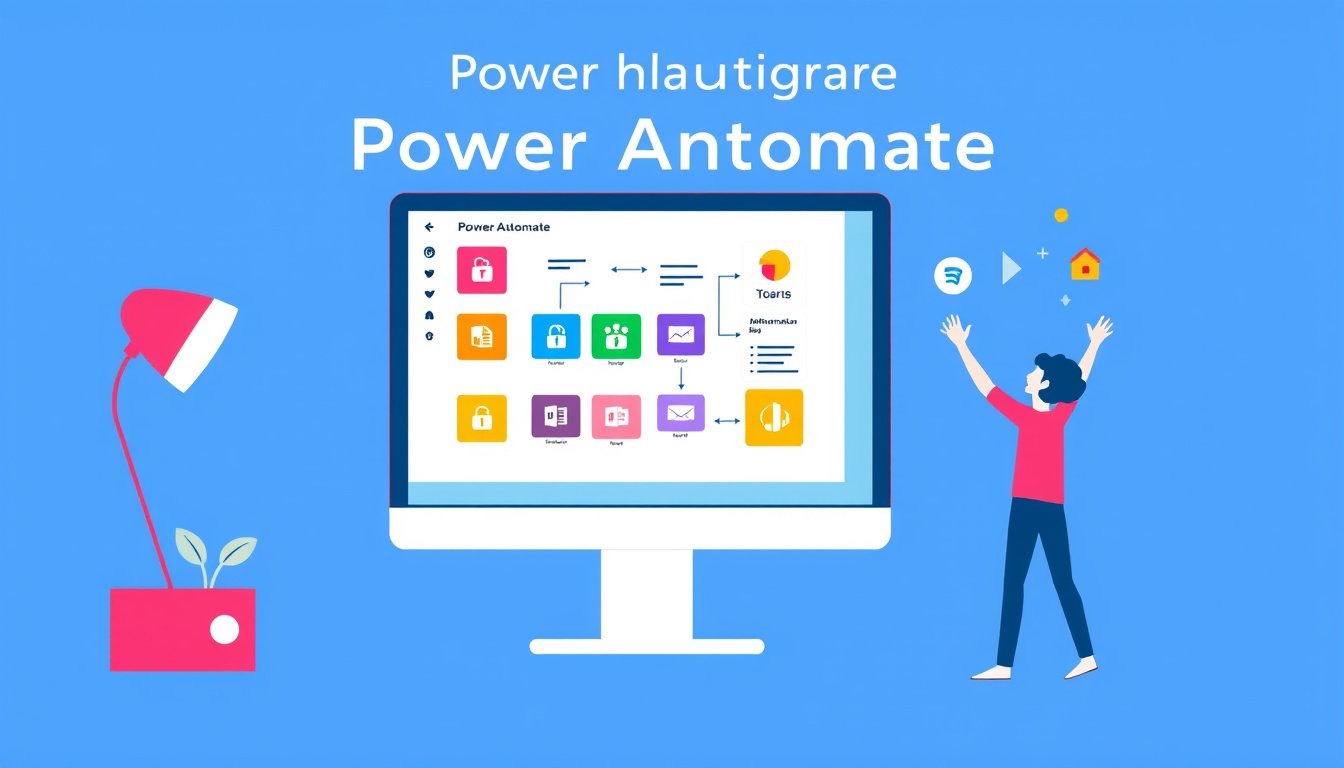In today’s fast-paced digital world, you need simple tasks to boost productivity. Microsoft Power Automate is a tool that builds flows for you. Even if you are new to automation, this guide shows easy steps to start.
What is Microsoft Power Automate?
Microsoft Power Automate is an automation platform that creates flows. It works like a personal assistant. It runs all day and handles tasks such as sending reminder emails or managing business workflows.
Why Use Power Automate?
When you do repetitive work, Power Automate helps you. It can send daily emails or grab Gmail attachments and move them to a Google Drive folder. This tool saves time and makes sure tasks are never missed.
How to Access Microsoft Power Automate
To use Power Automate, you must have Microsoft 365. Follow these steps:
- Go to office.com and sign in with your Microsoft 365 account.
- Click the app launcher in the upper-left corner or scroll through your apps to find Power Automate.
- When you click on Microsoft Power Automate, you see options that let you create your first flow.
Creating Your First Flow
Step 1: Creating a Flow
After you open Power Automate, you can build a flow. A flow is an automated process. To create your first flow:
- Click on "Create" from the homepage.
- Choose to start from blank or use templates. Templates give you ready-made flows that you can change.
Step 2: Using a Template
If you want to save time, start with a template:
- For example, set up a daily email reminder. Search for "reminder" in the templates.
- Pick the "Get daily reminders from your Outlook.com email" template to start.
Step 3: Customize Your Flow
Once you select a template:
- Set up your flow with the details it asks for.
- Choose when the reminder runs (for example, every day at a set time) and change the email text and recipient.
- When you finish, click "Save" to keep your settings.
Step 4: Testing Your Flow
To check your flow:
- Use the test feature. Testing manually is a simple way to check.
- Look in your email to see if the reminder comes as planned.
Creating Different Types of Flows
Microsoft Power Automate gives you several kinds of flows:
-
Automated Flows: They start when specific events happen. For example, a new video on a YouTube channel may trigger an email if it matches your search term.
-
Manual Flows: You start these flows on command. For example, use a manual flow to add a new row in an Excel file. Set fields for the ID, name, and sales data.
Conclusion
You now can build three kinds of flows in Microsoft Power Automate: a scheduled flow, an automated flow, and a manual trigger flow. You can change and improve these flows. The automation possibilities grow each time you try a new tool.
Microsoft Power Automate offers tutorials for every skill level. Learning more about it will boost your ability to automate tasks. Keep trying new features, and soon the little tasks that once bothered you will work on their own!



